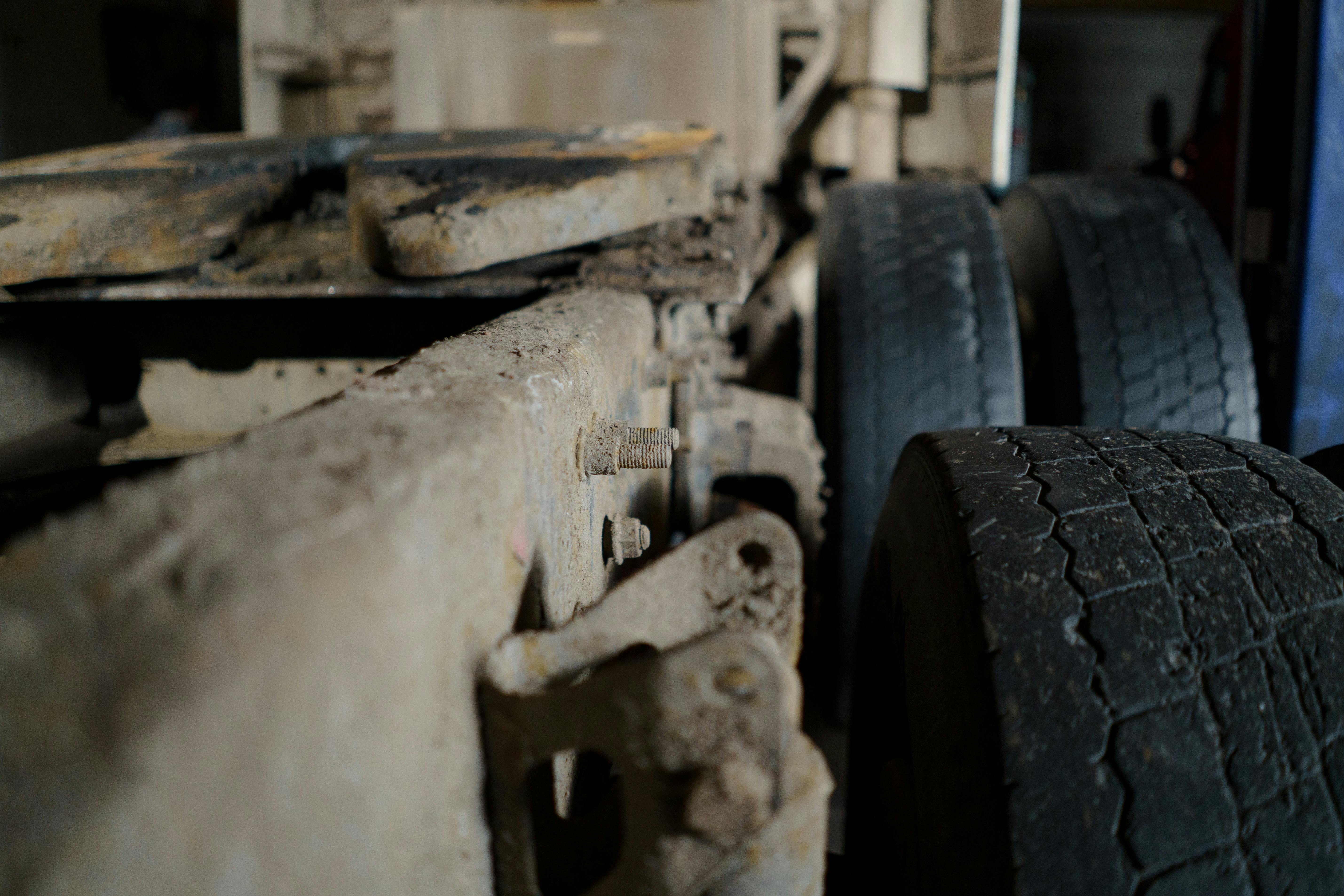These days, builders are more likely to use poured concrete foundations than foundations built with cinder blocks. Poured concrete has become more popular for a number of reasons: wall forms that can be quickly installed and removed, concrete trucks that can go almost anywhere, and modern admixtures and pumping equipment that make “impossible” pours almost impossible. routines.
Despite all the advantages mentioned above, cinder block still has its place as a viable foundation material. When the foundations are small, for example, for a home addition, a builder can save money by placing a block foundation instead of subcontracting the work to a foundation contractor. Similarly, basement foundations can be built quickly and cheaply with cinder blocks. And for a DIYer with masonry skills, this material provides an opportunity to complete a block-by-block foundation.
Before delving into this “heavy” topic, it’s worth clarifying some terminology. In the construction industry, concrete blocks are called “CMUs”, short for concrete masonry units. Beyond the standard 16 x 8 x 8 inches. Cinder blocks stocked by most housing centers, CMU’s vast universe of sizes, shapes and surface finishes is truly astounding. Most of this selection is intended for commercial construction.
Concrete blocks are made from the same ingredients used in poured concrete walls: gravel (called aggregate), sand, Portland cement, and water. Light blocks are sometimes called cinder blocks because fly ash (ash), a waste product of industrial combustion, is used as a partial substitute for heavier ingredients like sand and aggregates. The hollow cores in most CMUs make the block cheaper and easier to handle. Cores can be filled with concrete, sand, or foam insulation to improve strength, thermal mass, or insulation value.
Contrary to popular opinion, a cinder block foundation is not inherently inferior to a poured concrete foundation, provided it has been properly constructed. Both types of masonry require steel reinforcement and must be placed on a solid, stable foundation. Good drainage and waterproofing details are essential. When expansive soils or other external forces damage concrete block foundations, cracks usually appear along the mortar joints that separate the individual blocks.




